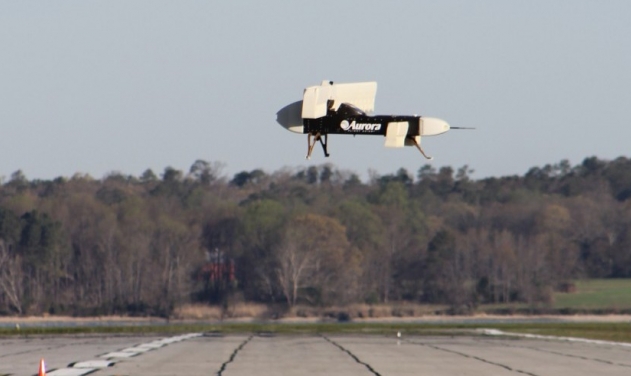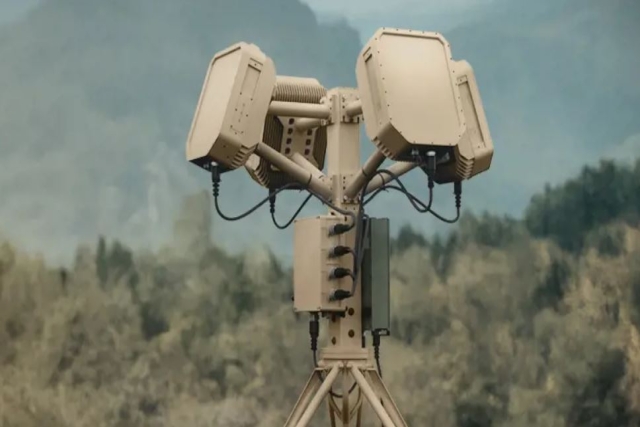DARPA Seeks To Develop Integrated Circuits Immune From Software Hacking

US Defense Advanced Research Projects Agency (DARPA)'s new program, System Security Integrated Through Hardware and Firmware (SSITH) aims to develop design techniques that lead to protection against cyberintruders at the hardware and circuit level, rather than relying only on software-based security patches.
DARPA in an announcement Monday said that it’s new SSITH program aims at development of design tools that would become widely available so that hardware-anchored security would eventually become a standard feature of ICs in both Defense Department and commercial electronic systems.
Any software patch to a hardware-based security flaw—whether it is in a personal computer or a corporate or government information-technology system—merely salves a symptom without addressing the underlying hardware vulnerability. Left untouched, that same hardware weakness remains vulnerable to follow-on software-based breaches that members of the clever club might devise.
“Security for electronic systems has been left up to software until now, but the overall confidence in this approach is summed up in the sardonic description of this standard practice as ‘patch and pray,’” said SSITH program manager Linton Salmon of the Agency’s Microsystems Technology Office. “This race against ever more clever cyberintruders is never going to end if we keep designing our systems around gullible hardware that can be fooled in countless ways by software. The SSITH program will complement DARPA software security efforts like High-Assurance Cyber Military Systems (HACMS) and the Cyber Grand Challenge (CGC) by taking advantage of new technologies to develop integrated circuits that are inherently impervious to software end-runs.”
“To break this cycle and thwart both today’s and tomorrow’s software attacks, the SSITH program challenges researchers to design security directly at the hardware architecture level,” said Salmon. “Instead of relying on software Band-Aids to hardware-based security issues, we are aiming to remove those hardware vulnerabilities in ways that will disarm a large proportion of today’s software attacks.”
SSITH specifically seeks to address the seven classes of hardware vulnerabilities listed in the Common Weakness Enumeration (cwe.mitre.org), a crowd-sourced compendium of security issues that is familiar to the information technology security community.
In cyberjargon, these classes are: permissions and privileges, buffer errors, resource management, information leakage, numeric errors, crypto errors, and code injection. Researchers have documented some 2800 software breaches that have taken advantage of one or more of these hardware vulnerabilities, all seven of which are variously present to in the integrated microcircuitry of electronic systems around the world. Remove those hardware weaknesses, Salmon said, and you would effectively close down more than 40% of the software doors intruders now have available to them.
The strategic challenge for participants in the SSITH program will be to develop new integrated circuit (IC) architectures that lack the current software-accessible points of illicit entry, yet retain the computational functions and high-performance the ICs were designed to deliver.
The anticipated 39-month program centers on two technical areas. One of them focuses on the development and demonstration of hardware architectures that protect against one or more of the seven vulnerability classes as well as design tools the electronics community would need for including hardware-based security innovations in their design and manufacturing practices. The second technical area encompasses methodologies and metrics for measuring (and representing for system designers) the security status of the newly designed electronic systems and any tradeoffs the hardware-won security might levy in the form of system performance, power needs and efficiency, circuit area, and other standard circuit features.













